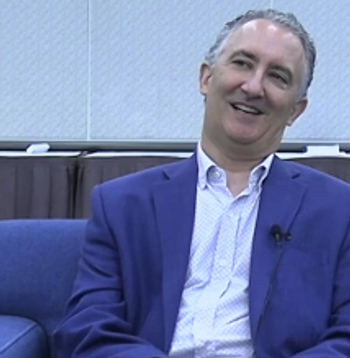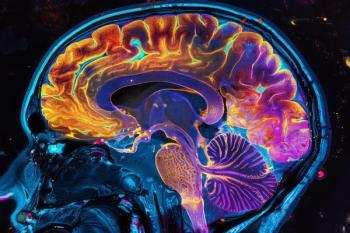
The Significance of Clinical Significance
Why not define mental disorder just on the presence or absence of the characteristic cluster? Why was it felt to be necessary to also require distress or impairment?
Psychiatric symptoms are fairly ubiquitous in the general population-most normal people have at least one, many have a few. When present in isolation, a single symptom (or even a few) does not a psychiatric disorder make. Two additional conditions must also be met before a symptom can be considered to be part of a mental disorder. First, there has to be a characteristic cluster of the symptoms-as laid out in the pertinent DSM criteria set. Isolated symptoms of depression, or anxiety, or insomnia, or memory difficulties, or attention problems, or whatever are never by themselves sufficient to justify the diagnosis of a mental disorder.
Second, and our main subject here, the symptoms must cause clinically significant distress or clinically significant impairment in social or occupational functioning. This caveat is so important that it has been included as a separate item in the majority of the DSM criteria sets. It is not enough to have symptoms; they also have to create serious problems in your life.
Why not define mental disorder just on the presence or absence of the characteristic cluster? Why was it felt to be necessary to also require distress or impairment? Most of the DSM disorders present along a graduated spectrum of severity. At the severe end, the person’s suffering and the impairment occasioned by the symptoms are so obvious that there can be no possible doubt that the presentation qualifies as a mental disorder. But at the mild end of most disorders, there is no clear boundary distinguishing normality from mental disorder.
But how do we define what is clinically significant? Unfortunately we don’t-this is a necessarily vague term with no precise markers. Deciding whether you are experiencing enough distress or impairment to have a clinically significant mental disorder can inherently be a tough and subjective judgment that has to be made without objective criteria.
Here are some hints that may help. First off, realize that there is no obvious right answer. Accept the inevitability of at least some uncertainty in answering the question whether your condition is severe enough to warrant diagnosis and possible treatment. This awareness leads to several important implications. Watchful waiting may be your best first step-far better than jumping to a conclusion one way or the other. Tincture of time often provides a cheap, side effect–free cure-especially for milder conditions that have not lasted that long and are not all that impairing.
Next, this is a decision that may be too subjective to make by yourself. Some people are stoics and would literally have to be at death’s door before accepting that they are in trouble. At the other extreme are perfectionists, emotional hypochondriacs, and catastrophisers who want a diagnosis and a treatment for what may be no more than the expectable aches and pains of everyday life. Whenever it is a doubtful call, get second, third, or fourth opinions-both from clinicians and from knowledgeable loved ones.
In tossup situations, it is useful to do a risk/benefit analysis of the pluses and minuses of having the diagnosis, usually with the help of your clinician. The basic question boils down to, “Will having this diagnosis more likely help me or hurt me?” All else being equal when the decision could go either way, it makes sense to accept a diagnosis when it has a recommended treatment that has been proven to be safe and effective-but to avoid a questionable diagnosis if there is no proven treatment or if the available treatment has potentially dangerous side effects or complications.
Sometimes a clinician will propose a trial of treatment even if the presence of the diagnosis is not clear-cut. The usual rationales are that if the treatment makes you feel better, who cares whether the diagnostic criteria are fully met, or that a positive response would prove that you probably needed the treatment. These are both inaccurate and misleading arguments. Milder disorders have very high placebo response rates-often about fifty percent, which is very close to the response rate achieved by medication. If you start a medicine for a mild disorder, you will never know what caused your improvement-time and the placebo effect or the active ingredient in the medication. You will likely misattribute your improvement to medication effect and stay on the pills unnecessarily and for too long-risking side effects. So for milder conditions the best order of approach is time and watchful waiting first (an exercise regimen is always a good part of this package); psychotherapy next; medication as a third and last resort. Getting pills after a five minute visit to a primary care doctor is usually not a good idea, especially when the diagnosis will trigger a potentially quite dangerous treatment, like the use of antipsychotic drugs.
The bottom line: if your psychiatric status is betwixt and between-that is, you are not all well, but not clearly disordered-don’t jump to make a decision regarding diagnosis and treatment. Give it some time and get other opinions. Things usually sort out within a month or two. If things pick up, you didn’t need a diagnosis; if symptoms persist or become worse, get help.
Newsletter
Receive trusted psychiatric news, expert analysis, and clinical insights — subscribe today to support your practice and your patients.

















